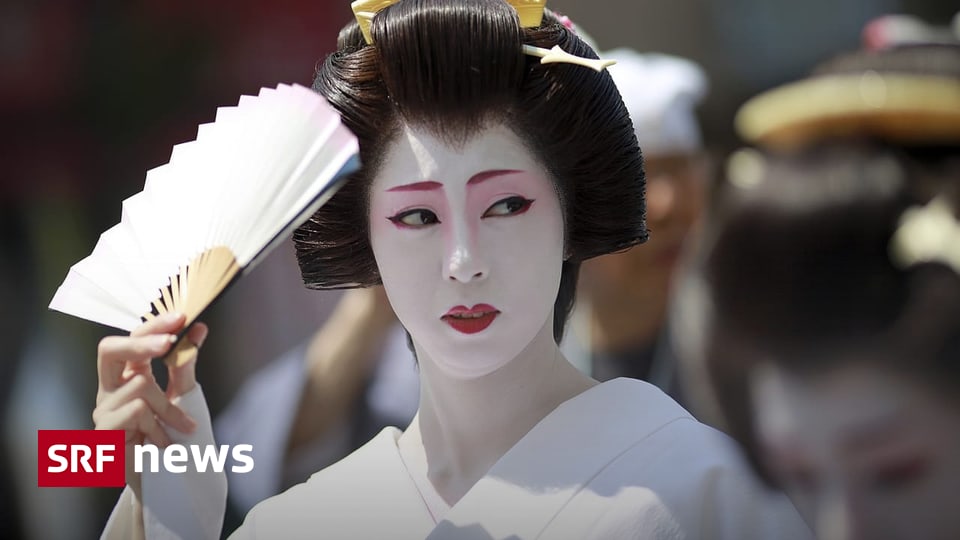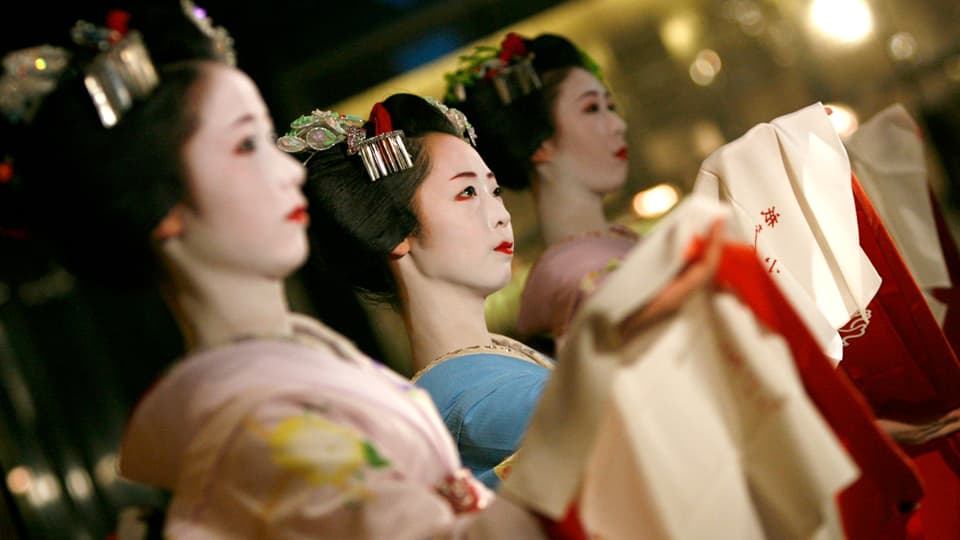
Guests are no longer allowed in some alleys – many traditional Japanese pastimes have been harassed in the past.
What is it about? In the Japanese city of Kyoto, tourists will no longer have access to certain streets and alleys from April. This is because foreign guests have repeatedly attracted negative attention when interacting with Japanese entertainers, geishas. Kyoto – a city of about 1.4 million people – had a total of about 40 million visitors from home and abroad in 2022. The city's historic streets and districts are packed – and every tourist wants to take home a souvenir photo – preferably one of a geisha.
What is a geisha? A geisha—in Kyoto she's called a keiko—is a traditional Japanese entertainer. Contrary to popular belief in the West, she was not a prostitute. The geisha is perhaps the most famous symbol of Japanese culture. Elegant, carefully groomed women entertain, dance, serve drinks and mingle with the audience. Kyoto has the most famous geisha district of all: Gion.
Tourists run after geishas, and some travelers are attacked.
What is a miko? When a young woman trains as a geisha she is called a maiko. This happens between the ages of 15 and 20. The “apprenticeship” lasts for six years, after which she becomes a geisha. In Kyoto's Gion district and other hanamachi districts, the maiko's job is to enliven the festival with song and dance. They also showcase their skills in tourist restaurants.

Purana:
Mikos delights tourists in Kyoto's Gion district. Focus on traditional dances and music.
Reuters/Toru Hanoi
What do tourists do? Geishas and maikos are at home in Kyoto's historic districts – such as the Gion district. Accordingly, in the eyes of many tourists, they are a particularly suitable photographic subject. “Tourists follow them and some passengers are attacked,” says Katrin Erdmann, ARD correspondent in Japan. The narrow streets are often crowded with tourists, and the geishas cannot get to their work. Many tourists do not even know that people live there and that they are on traditional residential streets.
What is the ban? Over the years there have been signs that people in the affected areas of Kyoto should treat geishas and maiko with respect. “But that doesn't help – that's why there are new signs telling tourists not to enter private streets anymore,” said the ARD reporter. Anyone who fails to comply will be fined the equivalent of 55 francs. Officials justify the ban by saying that the girls, some of whom are very young, are under more stress due to the “siege” of tourists.

“Wannabe pop culture fanatic. Zombie advocate. Entrepreneur. Internet evangelist. Alcohol fanatic. Typical travel buff.”





More Stories
User Insights on Using Slot Winner APK Effectively
Choosing the Right Quality Management Software for Your Industry
Astronauts will be stuck in the ISS for months